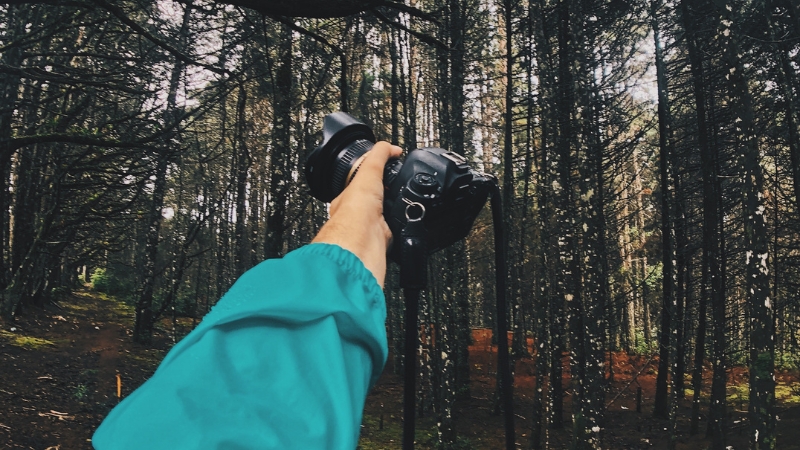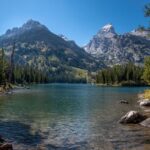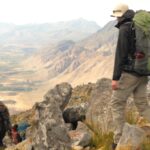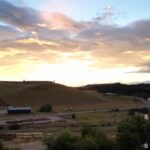If you carry a camera on every trail and your memory card is packed with alpine glow, moody pines, and fog lifting off ridges, you already have the ingredients for a genuine side income.
The trick is packaging that passion in ways buyers already value. Here’s a practical playbook of smart hustles that turn hiking hours into real dollars, without wrecking the places you love.
Quick-Look Table of Side Hustles
#
Side Hustle
How it Earns
Startup Effort
Typical Buyers
What Helps It Succeed
1
Stock photos and footage
Per-license royalties
Low
Media, brands, bloggers
Keywording, model/property releases
2
Fine art prints on demand
Print margins
Medium
Home décor buyers, travel lovers
Compelling storefront, good framing
3
Trail guide e-books and maps
Direct sales
Medium
Hikers planning trips
Clear GPX files, safety notes, tips
4
Niche YouTube channel
Ads, affiliates
Medium
Hikers, photographers
Tutorials, consistent posting
5
Patreon or Substack
Memberships
Low
Fans wanting extras
Bonus maps, presets, behind-the-scenes
6
Brand affiliate content
Sales commissions
Low
Gear shoppers
Honest reviews, FTC disclosures
7
Photo tours & micro-workshops
Per-person fees
High
Visitors near parks
Permits, insurance, set itineraries
8
Tourism content packages
Flat-fee packages
Medium
DMOs, lodges, guides
Rights clarity, seasonal media mix
9
Editorial projects
One-off assignments
Medium
Magazines, newsrooms
Timely access, strong captions
10
Licensing to conservation NGOs
License fees
Low
Nonprofits, land trusts
Ethical imagery, mission fit
11
Presets and LUTs
Digital product sales
Low
Hobbyist creators
Clear examples, short install guides
12
Evergreen “micro-sets”
Bundled media
Medium
Editors on deadlines
Seasonal diversity, simple rights terms
Ground Rules Before You Sell a Single Pixel

Before you start turning trail shots into income, it pays to know the rules of the game. A few permits, releases, and ethical basics can make the difference between smooth sales and costly headaches.
Permits and Legalities
- National parks (U.S.): Still photography with hand-carried gear, eight or fewer people, and no exclusive use typically requires no permit. Always check the park’s official page for special restrictions.
- U.S. Forest Service: Commercial shoots often require an application, insurance, and per-day fees (commonly $50–$250). Contact the ranger district early.
- Model/property releases: Needed when people are recognizable or private property is shown. Industry-standard templates are available from ASMP and Getty Images.
- Drone rules: Paid drone work in the U.S. requires FAA Part 107 certification. In Europe, refer to EASA’s Open Category (A1–A3).
- Ethics: Adopt Leave No Trace and Nature First principles. Long-term income depends on protecting trails and habitats.
- Affiliate disclosures: If you earn commissions recommending gear, FTC guidelines require clear and conspicuous disclosure.
1. Sell Stock Photos and Short Clips from the Trail
Where to sell: Adobe Stock and Shutterstock remain the leading entry points. Adobe pays 33 percent royalties on photos and 35 percent on video. Shutterstock contributors earn 15–40 percent, depending on annual download tier.
What sells: Think authenticity. Trail junctions, hikers in proper gear, seasonal conditions, sustainable practices, and even editorial images of trailheads or signage.
Tips for Acceptance
Reality check: It’s a volume game. Think of uploads like planting seeds that grow slowly but steadily.
2. Offer Fine Art Prints on Demand
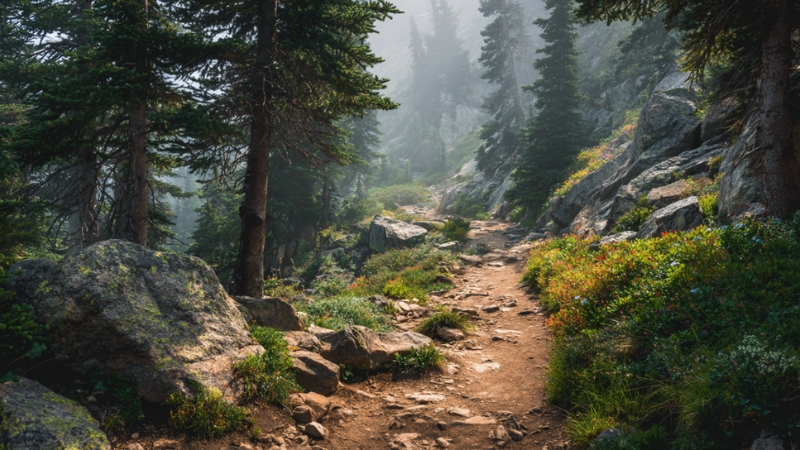
Turn your best shots into wall art without filling your garage with rolled prints. Platforms like Etsy integrate with print labs, letting customers pick size and frame while the lab handles fulfillment.
If you want inspiration from how collectors value real art, look at how original works are presented with framing, scale, and mood.
What Helps Sales
Pro tip: Use Etsy’s Seller Handbook for practical storefront setup advice, even if you plan to sell on your own website.
3. Package Trail Guides, Maps, and Seasonal E-Books
Your on-trial knowledge is gold. Bundle it into PDFs with GPX files, route notes, and seasonal safety tips.
Include
Casual hikers crave clarity, and your lived expertise makes guides more trustworthy than generic apps.
4. Start a Niche YouTube Channel
YouTube thrives on useful, original content. For hikers with cameras, that could be:
Monetization Path
You can apply to the YouTube Partner Program at 500 subscribers. Ads kick in at 1,000 subscribers plus 4,000 hours watch time or 10 million Shorts views.
Remember: low-effort AI content is getting pushed down, so original hiking stories stand out.
5. Build a Membership for Superfans
Two main routes:
Money Math
Substack takes 10 percent plus Stripe fees. A $5 monthly tier with 100 members can gross $500 before fees. Anchor pricing at $50 annually works well for casual supporters.
6. Earn Affiliate Income from Gear Reviews
Amazon Associates is the only affiliate program I ever managed to get to work. It’s not a major stream of revenue, but it does bring in a few thousands a month (screenshot below).
My sites being informational in nature, my strategy is simple:
1. Write helpful posts.
👇🧵— Anne Moss (@AnneMossYeys) December 6, 2023
You already test gear under real-world conditions. Share those reviews and link to affiliate programs.
What to do Right
7. Lead Micro-Workshops and Photo Walks
Offer two-to-four-hour guided shoots near towns or national parks. Focus on golden-hour light and accessible trails.
Logistics
8. Pitch Destination Content Packs
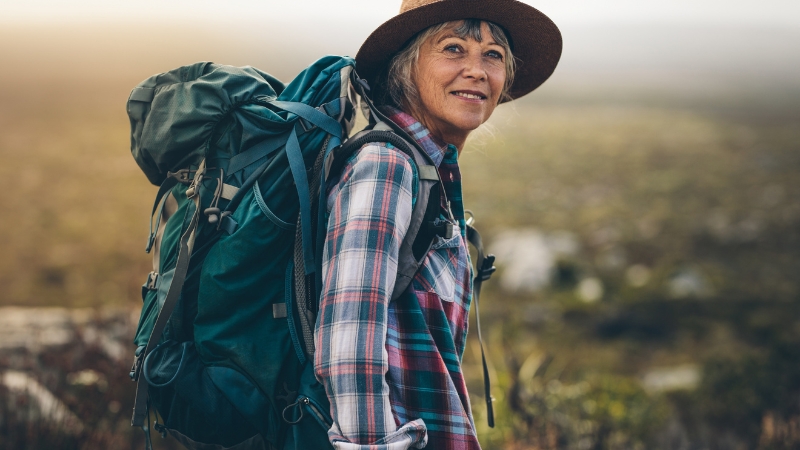
Tourism boards and lodges need ready-to-use content: 15 photos, a 30-second reel, and a short write-up.
Why It Sells
Tourism remains a driver of regional economies. Fresh seasonal content helps destinations spread out visitors and highlight lesser-known trails.
Offer evergreen plus seasonal material so they can promote year-round.
9. Take on Editorial Assignments
Storm closures, fires, or wildflower blooms all create demand for quick-turn visuals. Local papers and national outdoor magazines need timely, accurate imagery.
Keys to Success
10. License to Conservation Groups
Nonprofits and land trusts often need authentic visuals of restoration projects, volunteer trail crews, and native habitats.
Best Approach
11. Sell Presets and LUTs

Your edits can become digital products. Create presets tailored for deep greens, alpine light, smoky haze, or rainy reflections.
Boost Value
12. Build Evergreen Micro-Sets
Editors love bundles of 10 photos plus 30 seconds of B-roll around themes like “autumn boardwalks” or “storm clearing over pines.”
Tips
Pricing Snapshots
- Stock: Expect cents to a few dollars per license, occasionally more. It scales with portfolio size.
- Prints: Factor in lab and frame costs before setting retail.
- Workshops: Healthy margins come from small groups and fixed itineraries.
- Memberships: Factor Substack’s 10 percent cut and Stripe’s fees.
Legal and Ethical Checklist
A Simple Funnel for Hiker-Creators
- Collect leads: Offer a free PDF like “Top 10 shoulder-season shots near [your town].”
- Nurture: Send a monthly newsletter with one mini guide, a gear tip, and a wallpaper.
- Make offers: Rotate between prints, presets, workshops, and stock bundles.
- Repurpose: Break down long-form YouTube tutorials into Shorts, blog posts, and Instagram carousels.
Gear and Workflow Tips
- Carry a light kit: one body, a small ultrawide, a fast prime, and a travel tripod.
- Protect your files: dual storage backups when you hit service.
- Batch uploads with seasonal keywords prepped in advance.
- Refresh your guides seasonally – park rules and permits change.
A 90-Day Plan
View this post on Instagram
Sometimes, the hardest part is knowing where to begin. A simple 90-day plan helps you set priorities, build momentum, and see real progress without feeling overwhelmed.
Weeks 1–2
- Pick two focus lanes (example: stock + prints).
- Draft release forms and set up a simple CRM sheet.
Weeks 3–6
- Edit and keyword 100 evergreen images.
- Open your print storefront with five bestsellers.
Weeks 7–10
- Publish four YouTube tutorials.
- Pitch one tourism office with a content pack.
Weeks 11–13
- Run a small print sale.
- Secure permits for a sunset photo walk.
Final Thoughts
Hiking gives you a front-row seat to the moods of light and weather that office-bound creators rarely capture.
If you respect the rules, protect the places you shoot, and package your knowledge in formats people already value, the trail can pay you back in more ways than one.
I’m Annabel, and traveling has always been my passion. My idea of fun? A lot of biking and hiking. From the Himalayas to the local hills, if there’s a path (or not), I’ve probably been there or it’s on my list.

